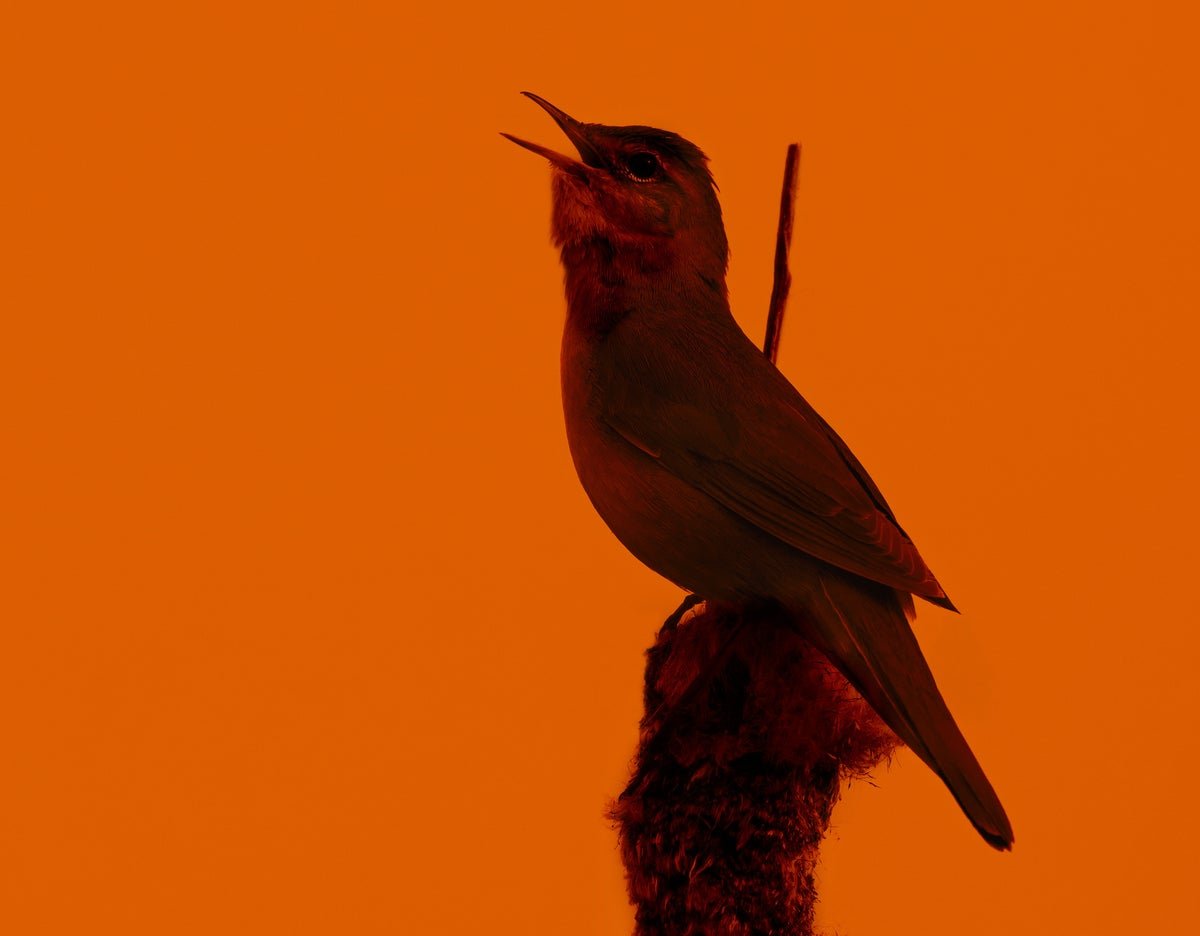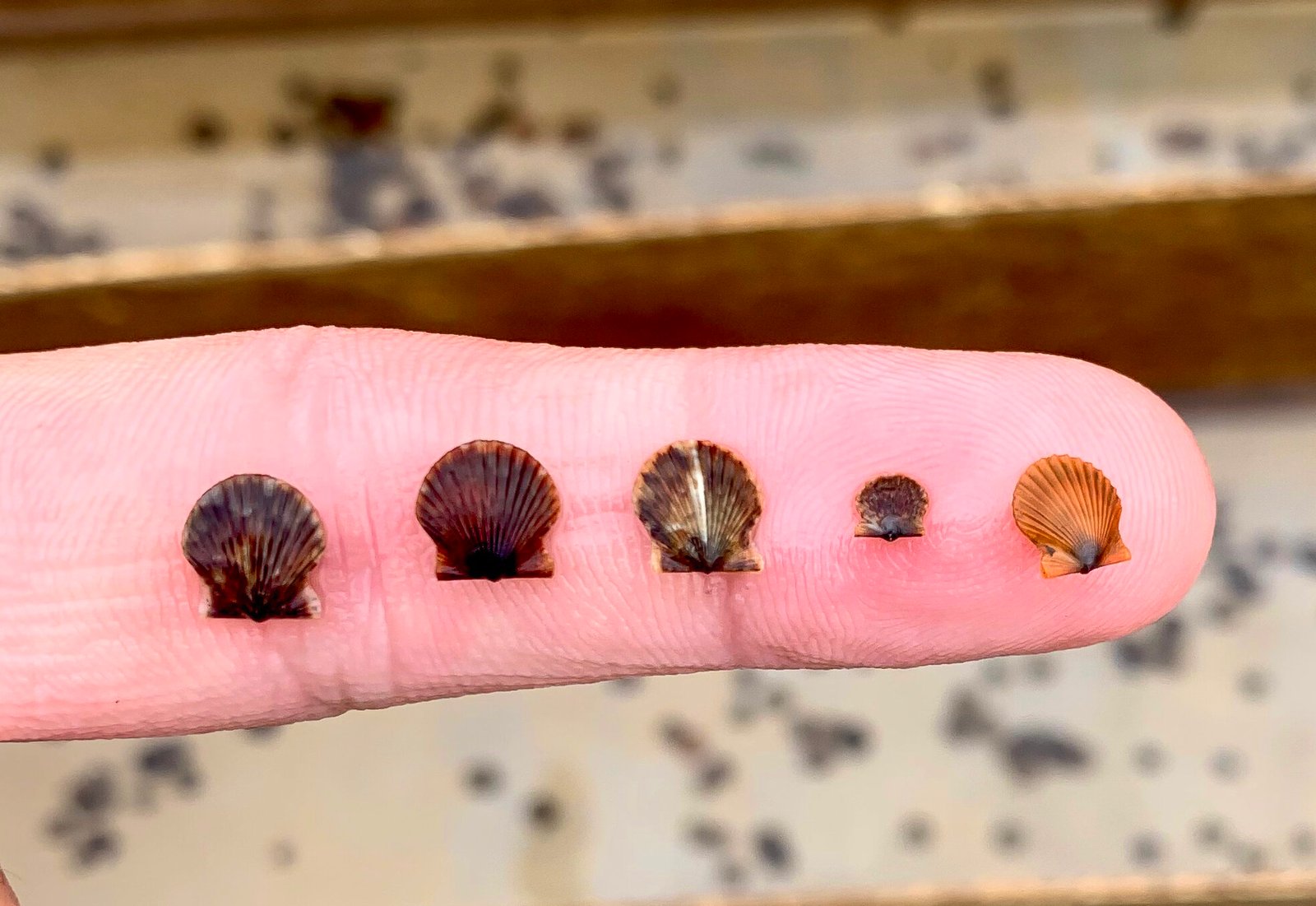When a total solar eclipse plunged North America into darkness on the afternoon of April 8, 2024, the songbirds in Bloomington, Ind., suddenly fell silent. In the middle of the forest, the only sounds biologist Kimberly Rosvall could hear were the croaks of nocturnal frogs and the distant howl of a coyote. But when sunlight returned after four minutes of “night,” the songs did, too, as hundreds of birds greeted the “morning” in unison with a cheerful dawn chorus.
“It was just so incredible,” Rosvall says.
Together with her team at Indiana University Bloomington, Rosvall worked with hundreds of people to crowdsource information about how the solar eclipse altered the biorhythmic behavior of birds. The results, published today in Science, represent the largest effort yet to study such effects, and provide important information for developing conservation strategies against ecological threats such as light pollution, the authors say.
On supporting science journalism
If you’re enjoying this article, consider supporting our award-winning journalism by subscribing. By purchasing a subscription you are helping to ensure the future of impactful stories about the discoveries and ideas shaping our world today.
“Our research shows how sensitive organisms are to these changes in light in their natural environment,” Rosvall says. “Even a four-minute disruption is enough to reset their day.”
Few studies have analyzed in detail how specific bird species respond to solar eclipses, which occur when the moon is aligned just so to momentarily mask the sun. Some observational reports suggest that birds sing as if dawn has returned when the sunlight comes back, while others show an increase in bird sounds during the darkness—a discrepancy that could come down to some birds being more active at night and others being more active during the day.
To help distinguish such species-based differences, Rosvall’s team built a smartphone app called SolarBird, and it was downloaded by volunteers all across the eclipse’s path through North America, from Canada to Mexico. The app guided users to watch a bird for 30 seconds and tap icons describing its behavior, from singing and flying to feeding. Users did this three times: before, during and after the eclipse.
“Focal observation,” or observing one animal for a specific amount of time, “is the gold standard of quantitative behavioral science,” Rosvall says. “It gives you an unbiased view of behavior.”
The team promoted the app through schools, local media and birding groups. But they were not prepared for what came next. In total, they received nearly 7,000 usable observations. “Our jaws dropped,” Rosvall says.
To complement the crowdsourced data, the researchers deployed autonomous recording units at 14 sites around Bloomington. These microphones captured nearly 100,000 bird vocalizations before, during and after the eclipse. The sounds were later analyzed using BirdNET, an artificial intelligence platform developed by the Cornell Lab of Ornithology and the Chemnitz University of Technology in Germany that is capable of identifying thousands of species from audio alone.
During the eclipse’s four minutes of totality—the period when the moon fully blocks the sun in the sky—bird vocalizations spiked, while other activities such as flying, feeding and perching decreased. After totality ended, many species changed their vocalization rate. In total, 29 of the 52 species analyzed through BirdNET showed changes in their singing in at least one of the three time periods—before, during or after the eclipse—suggesting a widespread but species-specific sensitivity to light. Many species that naturally sing a dawn chorus produced an increased number of vocalizations in the period shortly after totality.
Some birds that sing most often when it is still dark out, such as American Robins and Barred Owls, showed increases in the number of calls overall during the study. American Robins, ubiquitous songbirds known for their boisterous predawn calls, had the largest increase in vocalizations during the afternoon of the eclipse of any species studied: they increased their vocalizations by more than fivefold. Barred Owls, typically active at night, called four times as much as usual. Birds without a pronounced morning routine, such as House Sparrows, showed little change.
The new study is an “incredible natural experiment” that provides a “rich and unique new dataset” to challenge what scientists think they know about how birds of different species respond to radical changes in light, says ornithologist Andrew Farnsworth of Cornell University. “There might be additional kinds of behaviors that are probably buried in their recordings and that the authors are going to be able to analyze further,” says Farnsworth, who was not involved in the new study. “There will be additional questions to be answered with their data.”
Rosvall’s first idea, for instance, is that those 29 species showing drastic changes in their singing behavior should be flagged on a list of birds considered extremely sensitive to changes in light, she says. This could be useful for planning conservation strategies to limit light pollution, for instance, in and around the birds’ natural habitats.
Scientists have only recently taken a stronger interest in studying the effects of eclipses on animals, says biologist Adam Hartstone-Rose of North Carolina State University. It’s not for lack of curiosity, he adds, but because total solar eclipses are extremely rare events that almost never occur multiple times in the same location, complicating plans for in-depth site studies.
The next opportunities to conduct research of this kind will come in August 2026, during the total solar eclipse that will cast parts of Iceland and Spain into darkness, and in August 2027, when another eclipse will cover some of North Africa.
Rosvall’s study is an example of how these phenomena are an “amazing opportunity” to engage communities in the development of science, says Hartstone-Rose, who is also studying how eclipses influence people’s connection to the natural world.
Besides being a rare phenomenon, the 2024 eclipse happened during North America’s bird migration season, offering what could be a once-in-a-lifetime chance for professional and amateur scientists alike to do an experiment of this type. “So much got aligned,” Rosvall says. “The next time that there will be a total solar eclipse in North America at an especially interesting time for birds is beyond the time that I will be alive.”




